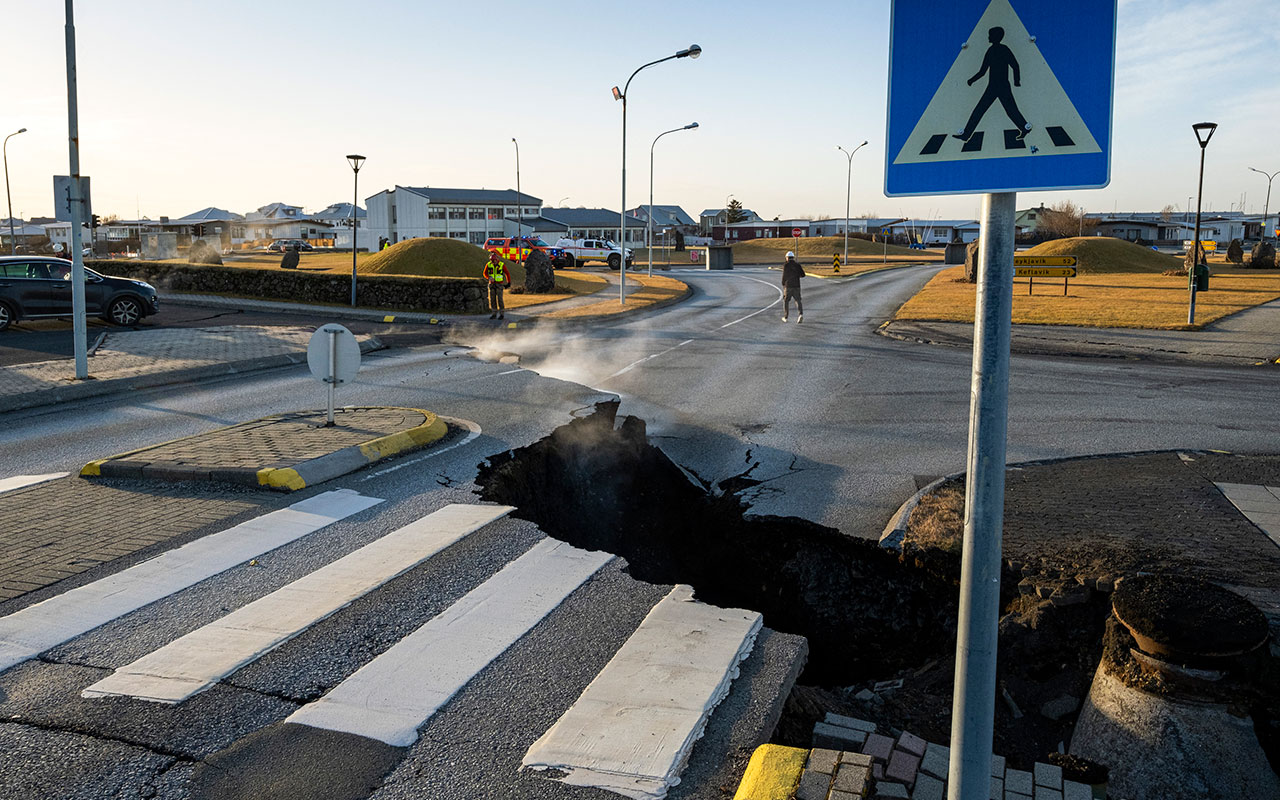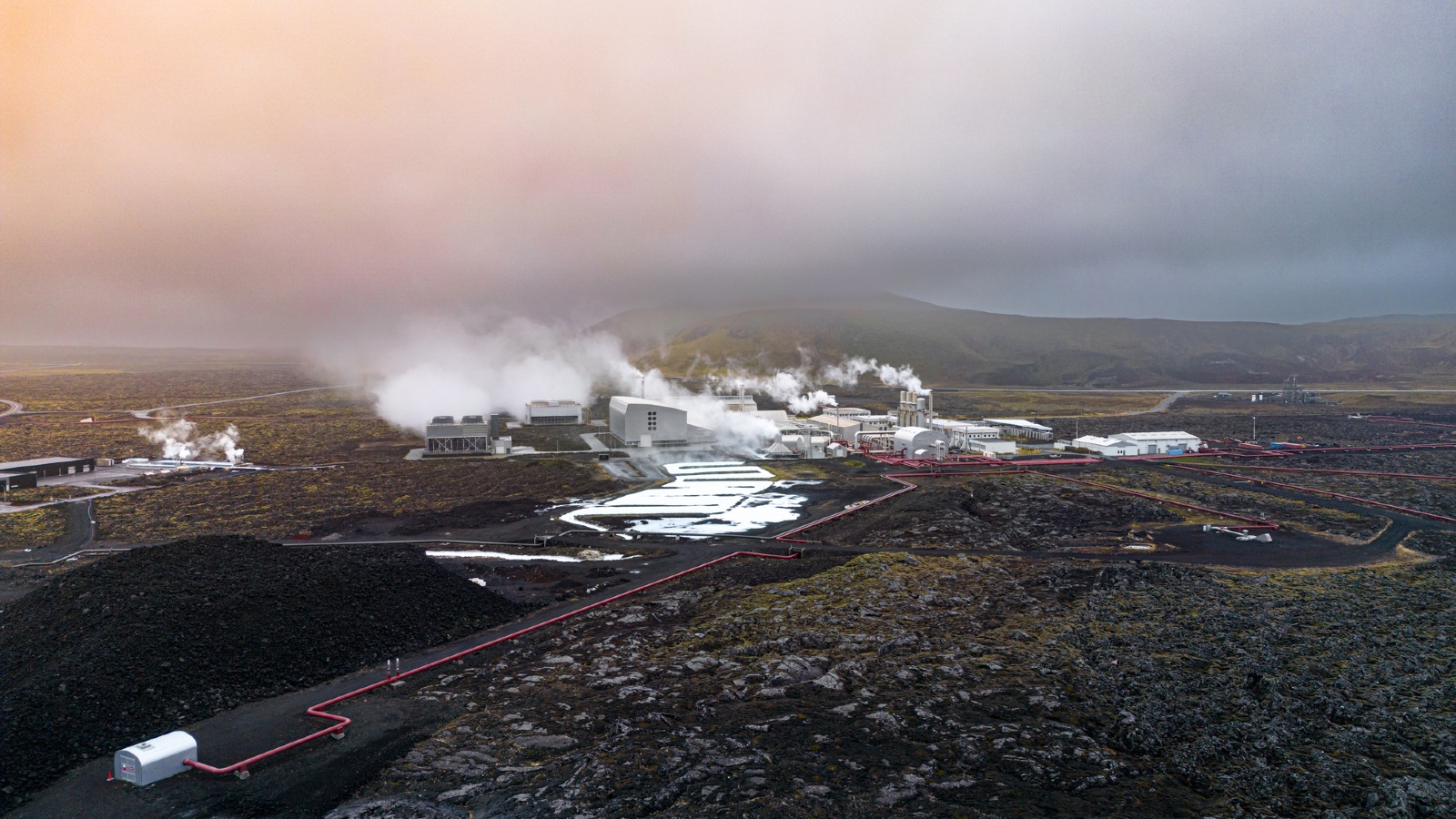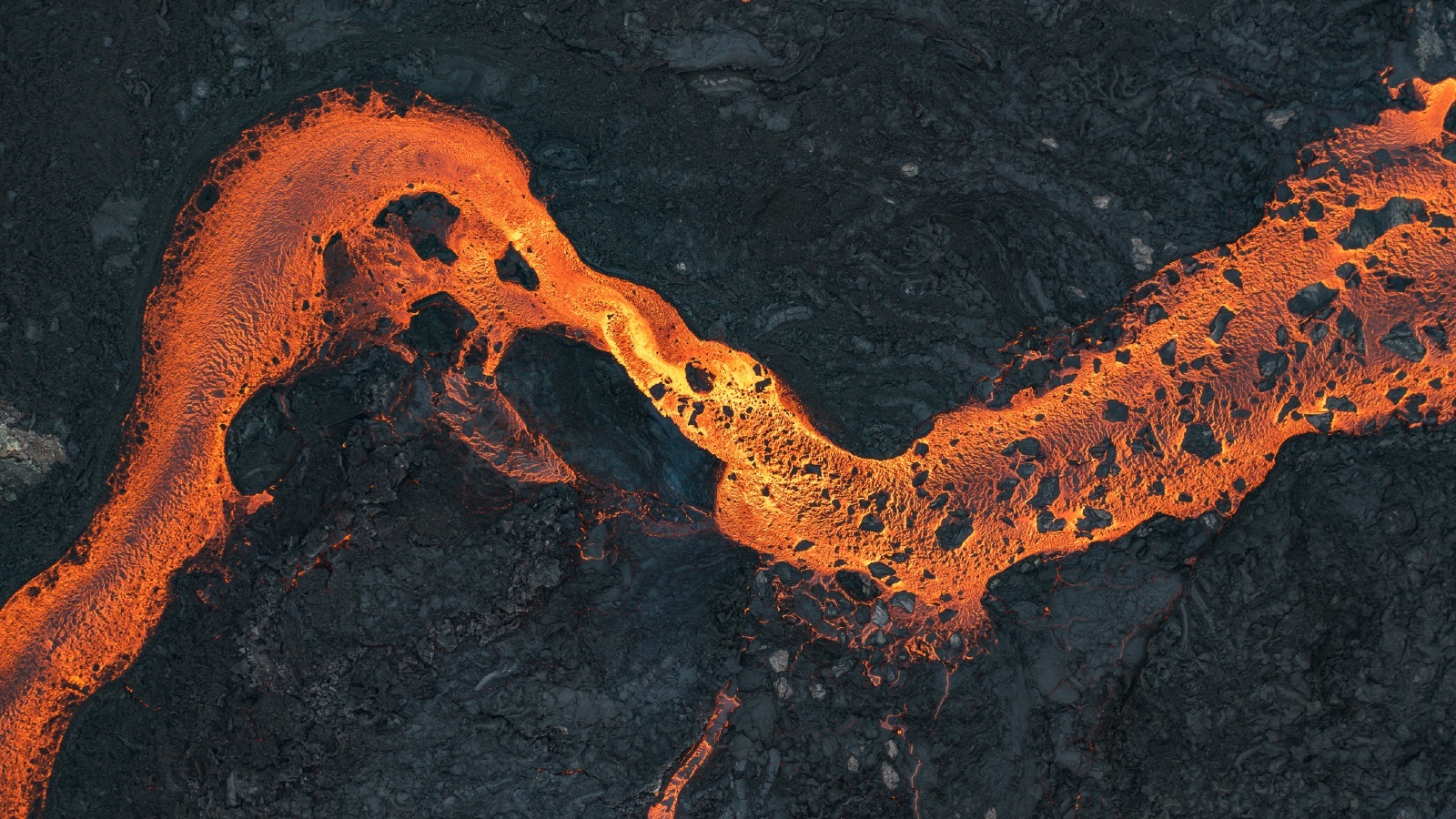
Iceland is bracing for an imminent volcanic eruption on the Reykjanes Peninsula, in the southwest corner of the island. Grindavík, a small fishing town with a population of around 2,800 people, has been evacuated after a sinkhole measuring 3.2 feet (1 meter) deep appeared in the town.
Seismic activity began increasing in the area around the Fagradalsfjall volcano on Oct. 25, when more than 1,000 earthquakes north of Grindavík occurred in the space of just hours. Two strong earthquakes, measuring magnitudes 3.9 and 4.5, hit at a depth of around 3 miles (5 kilometers). Over the following two weeks, seismic activity continued, with hundreds of earthquakes and uplift recorded each day, indicating that magma is accumulating beneath the ground.
On Nov. 11, Icelandic Met Office (IMO) data showed there was a "magma tunnel" about 9.3 miles (15 km) from Sundhnúk in the north down to Grindavík and into the sea. Experts say an eruption could take place anywhere along this tunnel — also known as a dike.
Timeline of events:
- Nov. 15 — IMO reports seismic activity has remained consistent since Nov. 11, with monitoring centered around Grindavík.
- Nov. 14 — Icelandic authorities create makeshift defenses to protect the Svartsengi geothermal power plant from lava flows.
- Nov. 10 — Grindavík evacuated due to the increase in seismic activity gravitating towards the fishing vilage. Icelandic authorities declare a state of emergency
- Nov. 9 — The largest recorded earthquake since the swarm began reaches a magnitude of M4.8. Blue Lagoon geothermal resort, one of the country's most famous tourist attractions, is temporarily closed.
- Nov. 4 — Seismic activity decreases considerably, but Icelandic Meteorological Office continues to monitor the situation.
- Oct. 25 — Seismic activity in the Reykjanes Peninsula increases with more than 1,000 earthquakes registered in the area, the largest with a magnitude of M4.5.
'Time's finally up': Impending Iceland eruption is part of centuries-long volcanic pulse

Iceland's potentially imminent eruption in the Reykjanes Peninsula is part of a 1,000-year cycle of volcanic activity that will likely cause eruptions for centuries, scientists say.
"Time's finally up," Edward W. Marshall, a researcher at the University of Iceland's Nordic Volcanological Center, told Live Science in an email. "We can get ready for another few hundred years of eruptions on the Reykjanes."
Seismic activity began increasing in the south of the peninsula in October, with hundreds of earthquakes recorded there each day. On Nov. 10, authorities evacuated the town of Grindavík, with experts warning an volcanic eruption could take place in just days.
'Time's finally up': Impending Iceland eruption is part of centuries-long volcanic pulse
800 earthquakes recorded since midnight
Around 800 earthquakes have been recorded since midnight, Nov. 15. Most hit at the center of the magma dike, according to a translated statement from the IMO.
The continuing ground deformation is likely being caused by magma flowing into the dike, experts say
"Part of the magma dike seems to be solidifying, especially at the edges, but not at the magma inflow area, which is believed to be near Sundhnúk," according to the statement. "The probability of an eruption is still considered high. In the event of an eruption, the most likely location is at the magma dike."
Officials scramble to protect vital power plant from imminent lava flows

On Tuesday (Nov. 14), Icelandic authorities started creating makeshift defenses to protect the Svartsengi geothermal power plant from lava flows that may emerge if the magma dike erupts over the next few days, Reuters news agency reported.
The Svartsengi plant uses heat from the underground magma in the region to heat water and turn turbines. It is located around 4 miles (6 km) from Grindavík, which has been evacuated over fears of the imminent eruption, and supplies power across the country, as well as hot water to the local area.
Workers have begun digging out channels to divert the lava away from the plant if molten rock heads in that direction.
Why is Iceland so volcanically active? A geologist explains.

Iceland’s volcanic activity is generally tame compared with explosive eruptions along the Pacific’s Ring of Fire. Jaime Toro, Professor of Geology at West Virginia University, explains what the main causes for volcanic activity in the region are, and what effect this has on eruptions.
"The answer has two parts — one has to do with what geologists unimaginatively call a hotspot, and the other involves giant tectonic plates that are pulling apart right beneath the island."







